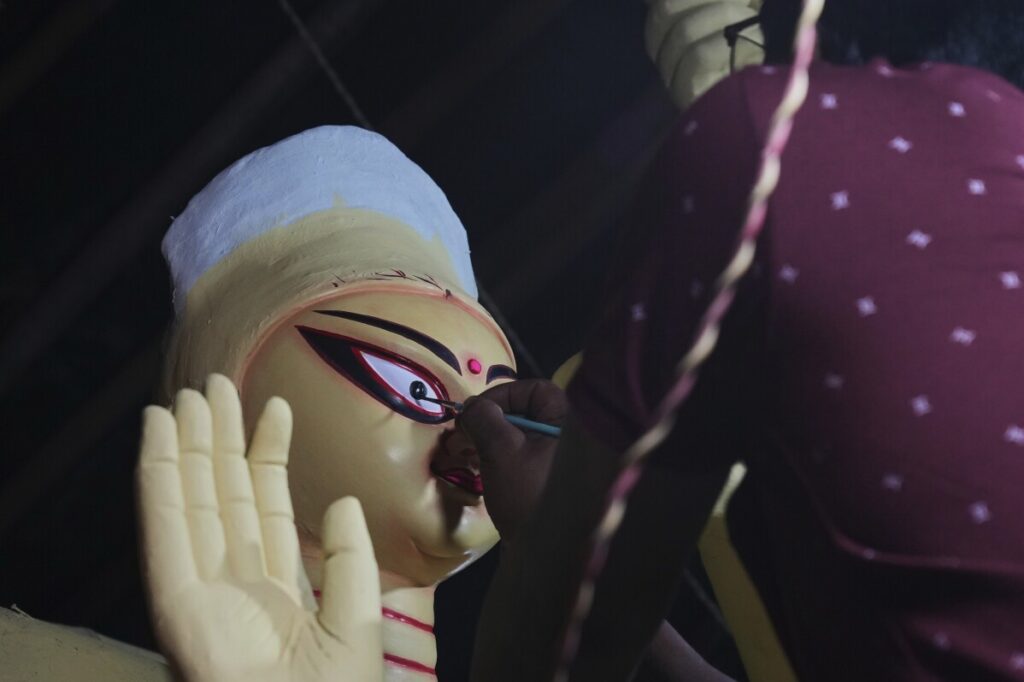Behind the Scenes of Durga Puja: A Closer Look at Tradition and Its Global Implications
As artisans painstakingly craft idols of the Hindu goddess Durga for India’s major festival, we must ask how such cultural events intersect with global political dynamics and America’s national interests.

In the crowded heart of New Delhi, skilled craftsmen like Govind Nath are meticulously molding idols of the Hindu goddess Durga ahead of the annual Durga Puja festival. Using traditional materials such as bamboo, clay, and mud, these artisans bring to life a deity revered by millions—celebrated for triumphing over evil in mythological narratives.
Is Culture Merely Art or a Front for Global Soft Power?
At first glance, this vibrant display of culture appears apolitical—a celebration of heritage and devotion. But when viewed through an America First lens, we confront deeper questions about India’s rising influence on the world stage and how Washington should respond.
The festival’s grandeur highlights India’s cultural unity and national identity at a time when it asserts greater geopolitical ambition. For American policymakers focused on protecting our nation’s sovereignty, it is crucial to recognize that cultural diplomacy often dovetails with strategic objectives.
While artists labor to perfect every detail—from Durga’s iconic doe-shaped eyes to her lion mount crushing demon Mahishasura—India projects soft power that could challenge U.S. interests in Asia. Celebrations like Durga Puja galvanize domestic cohesion in India yet may also serve as subtle tools to advance its agenda in contested regions.
Why Should Americans Care About Indian Religious Festivals?
You might wonder what a religious festival halfway across the world has to do with everyday Americans. The answer lies in global stability. Rising nations projecting cultural influence can shift alliances and economic partnerships vital to our security and prosperity.
Moreover, understanding these cultural phenomena helps avoid simplistic narratives that reduce complex societies to stereotypes. Instead, recognizing the layers behind traditions empowers American leaders to engage thoughtfully—not reactively—with emerging powers.
For families already burdened by inflation and uncertain job markets at home, Washington ignoring these shifts risks ceding ground economically and strategically. The meticulous creation of Durga idols is not just art—it signals a people united behind their vision for the future.
This festival encapsulates more than spirituality; it embodies national pride shaping Asia’s balance of power. How long will U.S. policy ignore these soft but potent forms of influence? As Americans who cherish freedom and sovereignty, we deserve leaders prepared to meet such challenges head-on.
